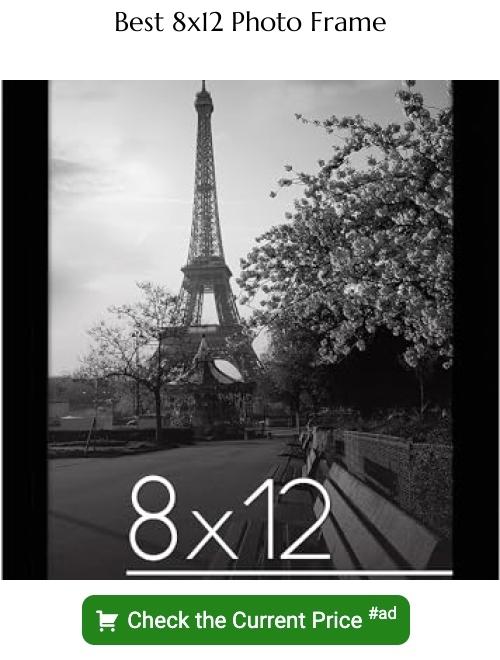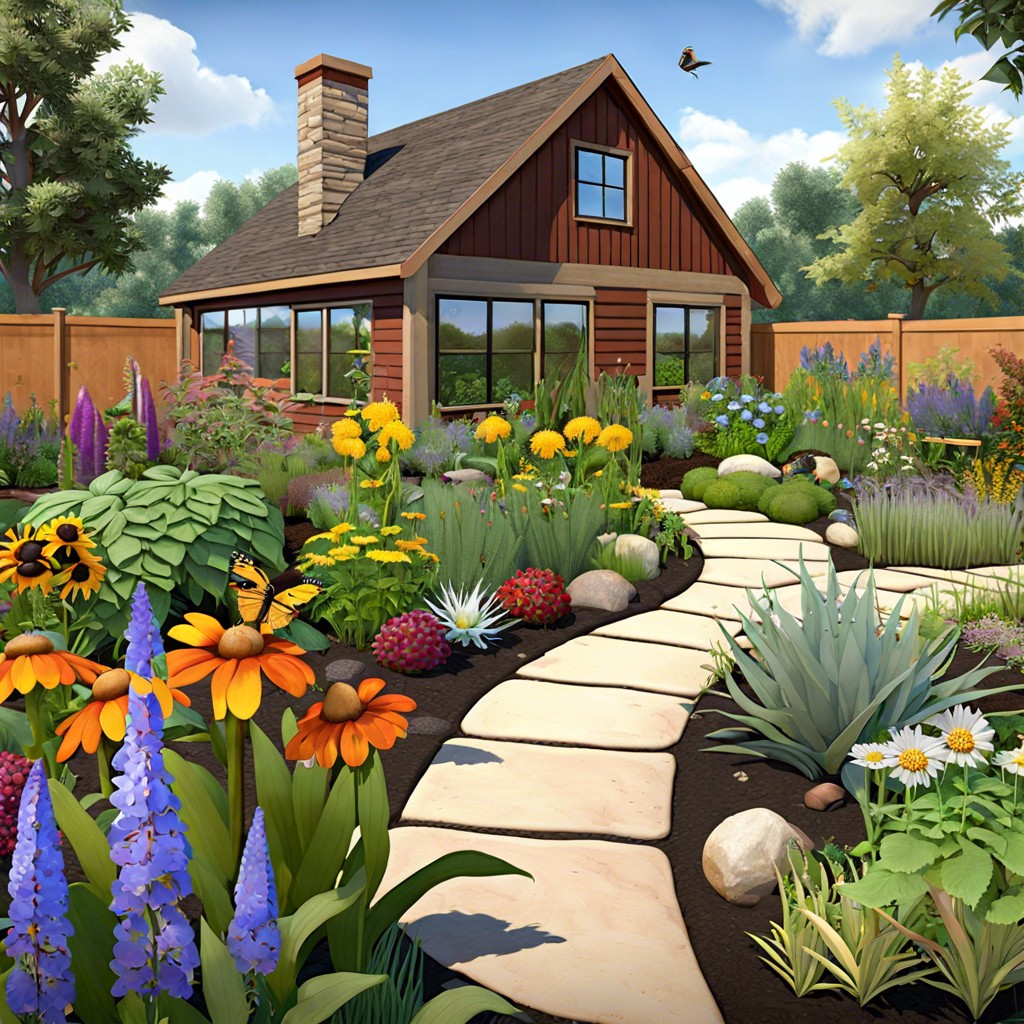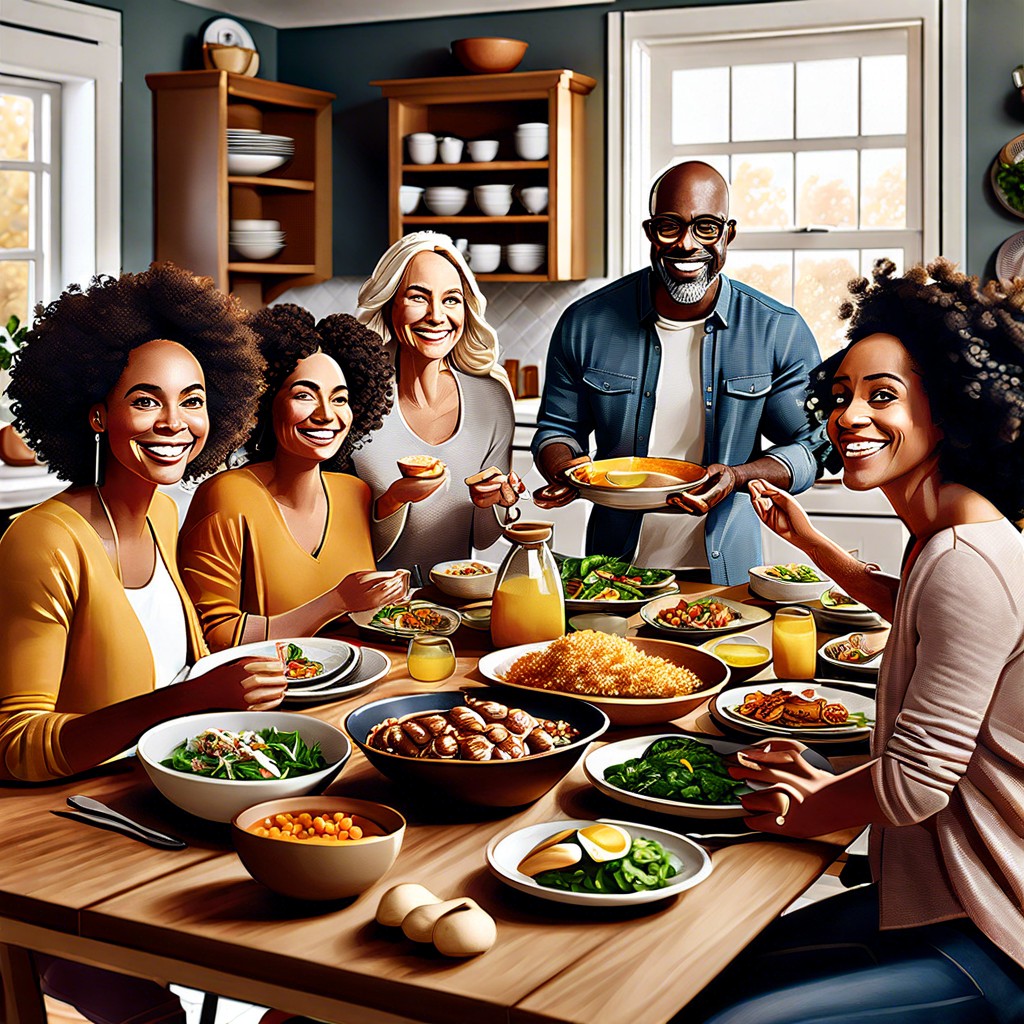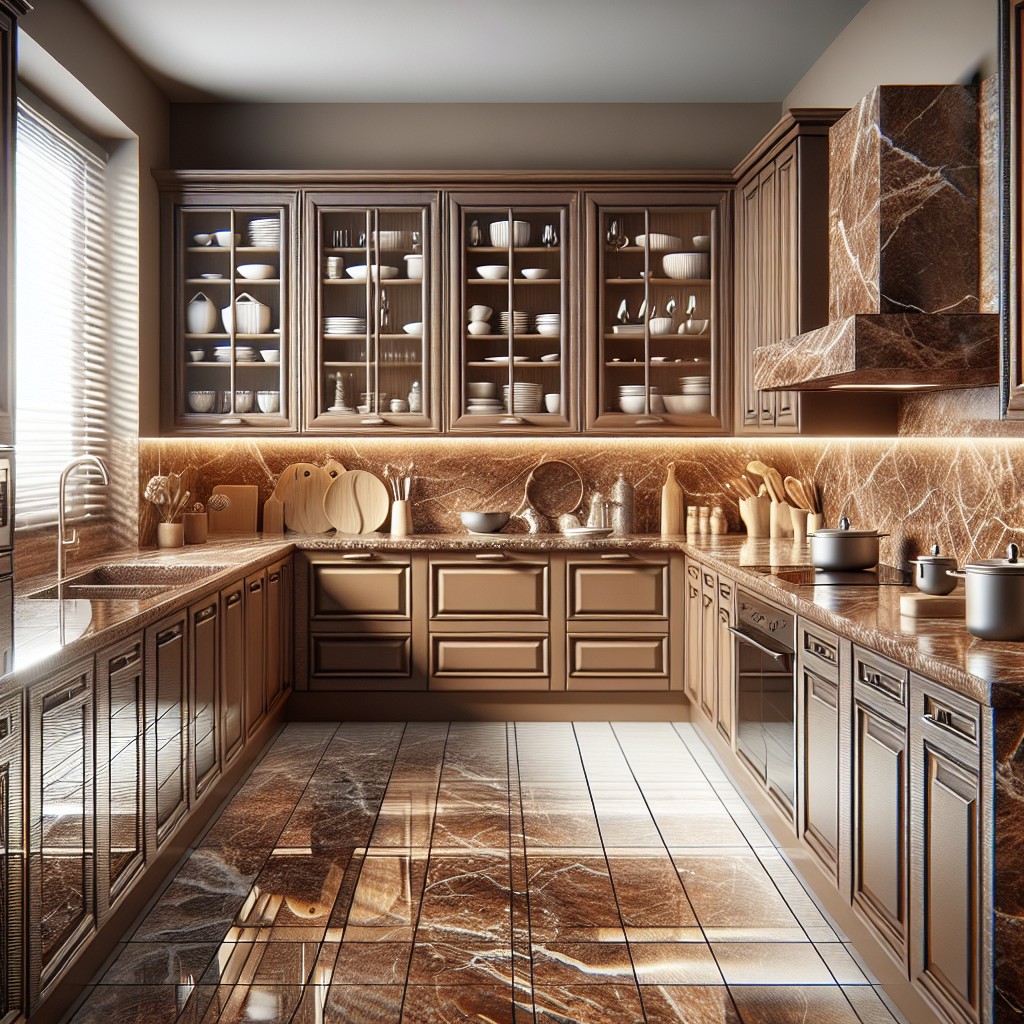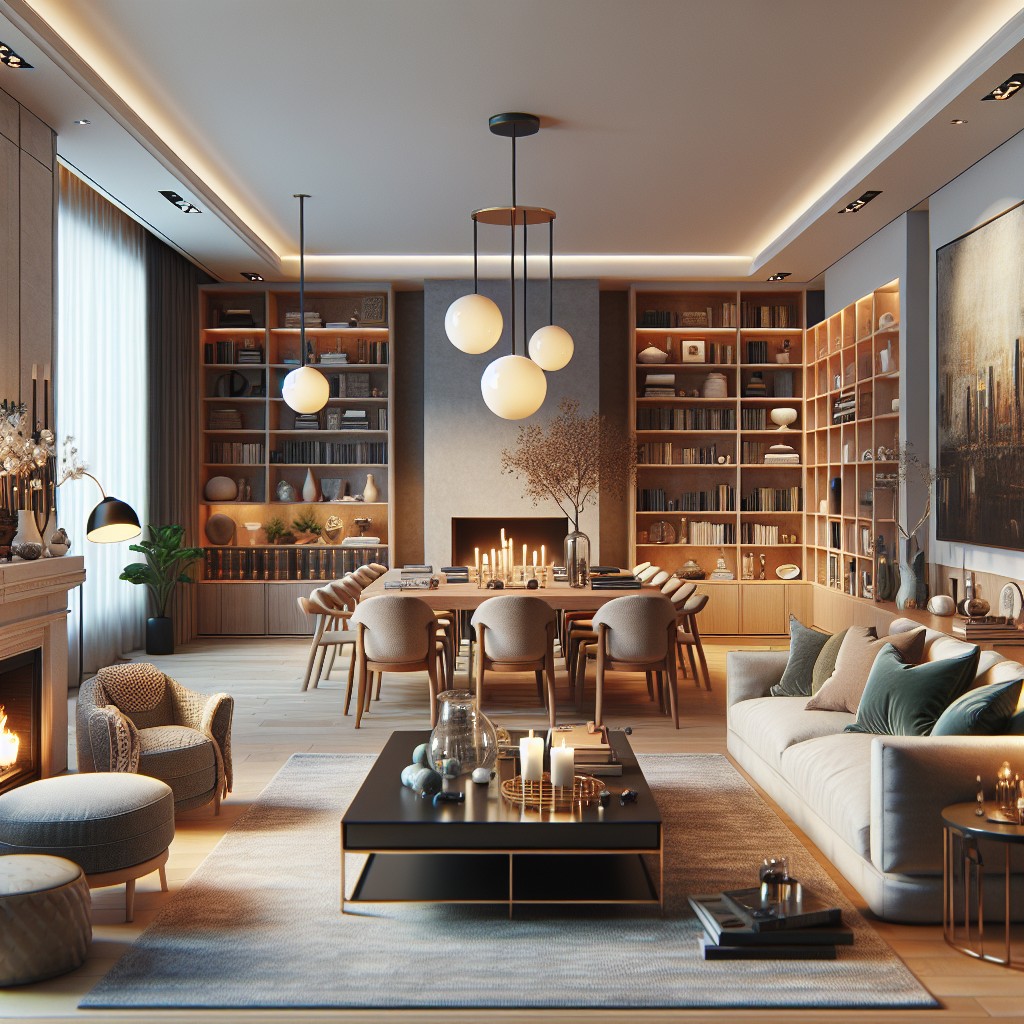Last updated on
Untangling the dimensions of the 8×12 measurement can open doors to a myriad of design possibilities.
Key takeaways:
- 8×12 is 8 inches by 12 inches or approximately 20.32 cm by 30.48 cm.
- The aspect ratio of 8×12 is 2:3, making it ideal for photography.
- 8×12 prints are versatile for various projects and home decor.
- Common uses for 8×12 measurements include photographs, artwork, and DIY projects.
- Canvas and mounted prints are popular options for displaying 8×12 images.
What's Inside
Understanding 8×12 Dimensions

When we refer to 8×12, we’re talking about measurements in inches, which translate to a width of 8 inches and a height of 12 inches. This dimension can be visualized as slightly larger than a standard sheet of letter paper (which is 8.5 x 11 inches). In centimeters, 8×12 corresponds to roughly 20.32 cm by 30.48 cm, giving those familiar with the metric system a good size reference.
A fascinating aspect of the 8×12 size is its aspect ratio, which is 2:3. This ratio is particularly important in photography, as it maintains the same proportions as the standard sensor size of many digital cameras, meaning that prints at this size require no cropping and therefore no loss of image detail.
Understanding scale, 8×12 makes for an ample space on a wall or desk, providing enough room for detailed artwork or clear text while remaining compact enough to fit in various settings without dominating the space. In home decor, these dimensions are ideal for creating focal points without overwhelming a room’s aesthetic.
Moreover, 8×12 inches might not seem vast, but it’s large enough to convey a story in a picture or accommodate a significant amount of text in a poster, making it a versatile size for various personal and professional projects.
Common Uses for 8×12 Measurements
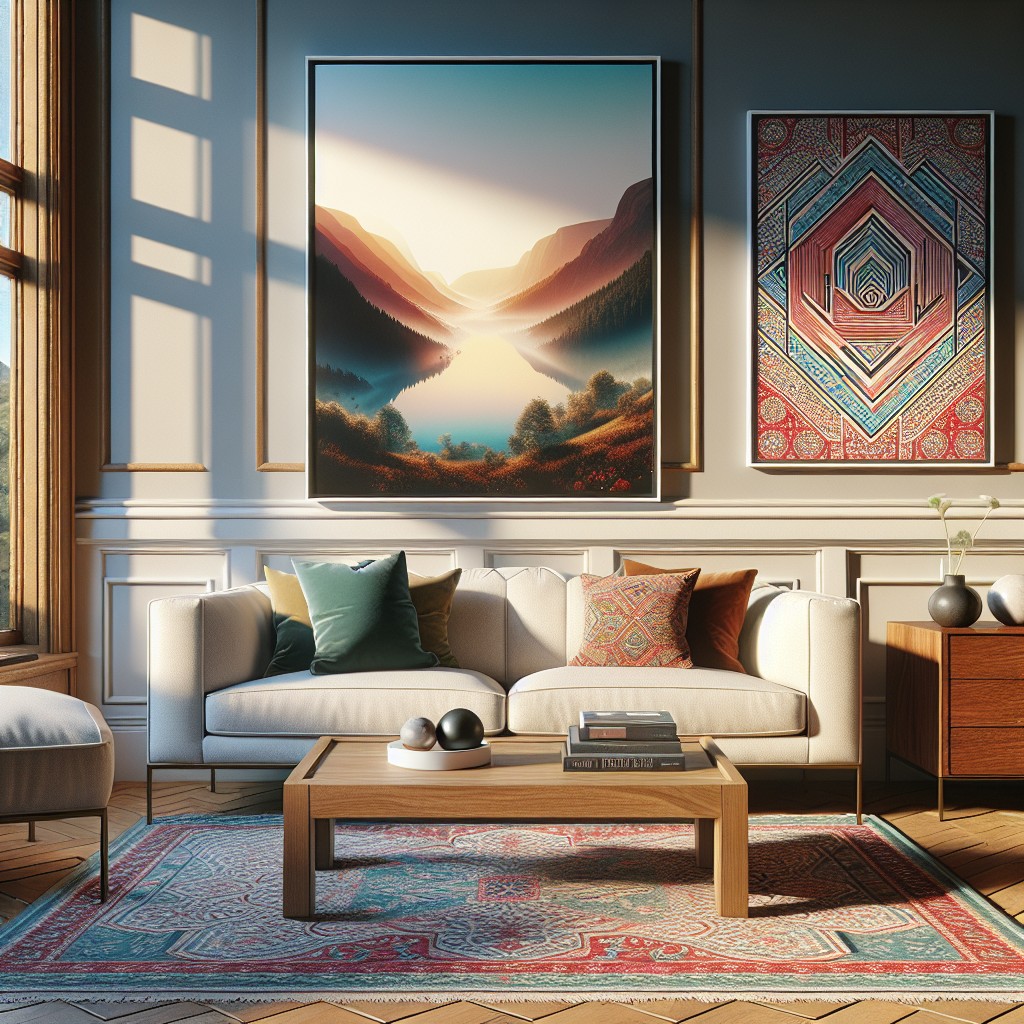
The 8×12 measurement pops up frequently, especially in applications related to print and design. It’s a popular size for photographs, often chosen for its larger, more impactful display while still fitting standard frames and albums. Many also favor this size for artwork or advertising materials such as flyers and small posters because it stands out without overwhelming the space it’s in.
In the world of construction and do-it-yourself projects, 8×12 inches can be the go-to footprint for custom build shelves or cabinets for those with limited space. Gardeners might recognize this size when planning for raised beds, providing ample room for a variety of plants without taking up too much lawn.
For organizers and planners, 8×12 inches is a convenient size for binders and covers, allowing for substantial note-taking and storage without being too bulky to carry. It’s also a common size for table placemats, offering an optimal space for table settings while protecting the surface beneath.
In essence, 8×12 inches serves as a versatile medium, bridging the gap between too small to matter and too large to manage, making it a universal favorite across a range of undertakings.
Visualizing 8×12 in Everyday Objects
Imagine a standard piece of printer paper, often around 8.5×11 inches—just a tad smaller than 8×12.
Picture placing a medium-sized hardcover book or a magazine comfortably within that space, that’s roughly the size of 8×12.
If you’re at the office, glance at the standard clipboard. They are typically slightly wider than 8×12.
When you’re in the kitchen, think of two standard 6×8 inch recipe cards side by side, forming an almost perfect 8×12 rectangle.
For outdoor comparisons, consider a brick. The normal face of a brick is about 8 inches by 4 inches, so if you align three bricks in a row, they’d span the 12-inch length while reaching 8 inches in height.
These tangible analogies can help you mentally conceptualize the dimension of 8×12 in a practical and relatable way.
X12 in Digital Photography
In digital photography, an 8×12 dimension translates to a high-resolution image with a 3:4 aspect ratio, a common format for DSLR cameras. This size is larger than the standard 4×6, offering greater detail and allowing for crop flexibility without significant quality loss.
Here are a few points to consider:
The Aspect Ratio: Your camera’s settings might be preset to different ratios like 16:9 or 1:1. Ensure it’s set to 4:3 to get an 8×12-compatible image without needing to crop.
Resolution Matters: To print a crisp 8×12 photo, aim for a resolution of at least 2400×3000 pixels. Lower resolution can result in grainy prints, while higher resolution allows for details to shine.
Editing for Print: When editing your photos, keep the desired print size in mind. Avoid extensive cropping, which can degrade the photo’s resolution.
File Format and Compression: Save your photographs in high-quality formats like TIFF or JPEG with minimal compression to preserve image quality.
By considering these points, you can achieve high-quality 8×12 prints that capture the essence of your photographic work.
Resizing to 8×12 in Lightroom
When transforming your digital photos to adorn physical spaces or to meet specific publishing standards, resizing becomes pivotal. Adobe Lightroom stands out as an ally in this endeavor, offering straightforward tools to adjust image dimensions without compromising quality.
Here’s how to adjust your photograph to the desired 8×12 size:
- Image Aspect Ratio: Open the Crop & Straighten tool. Set the aspect ratio to a Custom setting, then input 2:3 (4:6 for a 12×8 orientation).
- Resolution Tweaks: Navigate to the Export dialogue. While specifying your file settings, ensure the Resolution is set to 300 pixels per inch for a crisp print quality.
- Unlock the Padlock Icon: This represents the aspect lock. Disabling it allows you to freely adjust width and height without being constrained by the original image’s proportions.
- Maintain Image Integrity: When resizing, be mindful not to excessively enlarge a small photo. It might lead to pixelation, degrading the visual appeal of your final printed piece.
- Recheck Composition: Resizing might alter the framing of your subject. Use Lightroom’s overlay grid to fine-tune the composition, ensuring the focal points align with photography rules like the rule of thirds.
Remember, resizing an image properly ensures that the final output resonates with the clarity and intention of your original shot. The process in Lightroom is efficient, allowing for a seamless transition from screen to print.
Selecting the Right Paper Quality for 8×12 Prints
When venturing into printing your own 8×12 photographs, the paper quality can dramatically affect the outcome. Glossy paper is excellent for vibrant colors and deep contrast, making it ideal for rich, colorful imagery. If glare is a concern, consider luster or semi-gloss options, offering a nice balance between color pop and minimal reflection.
For a timeless, fine-art feel, matte paper is the way to go. Moreover, it’s resistant to fingerprints, a huge plus for prints that will be handled often. Heavyweight, thick paper gives off a professional vibe but ensure your printer can handle the extra weight without jamming.
For black and white photography, look into specialized monochrome papers that enhance the dynamic range and depth of grays.
Remember, acid-free and archival-quality papers will preserve your images longer without yellowing, making them worth the investment. Lastly, test print on smaller scales to get a feel for the results before committing to a larger print run.
Decorating With 8×12 Prints: Above the Couch
When integrating an 8×12 print into your living space, positioning it above the couch can create a powerful visual impact. Here are a few tips to make the most of this decorative choice:
- Centering the print directly above the couch draws the eye and connects the pieces of furniture to the artwork, creating a unified look.
- Ideal placement is about 8-10 inches above the couch, allowing for a visual connection without an overbearing presence.
- Use a frame that complements your existing decor. A simple, elegant wood or metal frame can enhance the print without overwhelming the space.
- For larger walls, consider a gallery arrangement. Flank your 8×12 print with smaller images or artworks to create a dynamic display.
- Lighting is key. Ensure the print is well-lit, whether by natural light or a dedicated fixture, to highlight the piece and invite interest.
- Play with color – choose a print that either harmonizes with your room’s color scheme or adds a pop of contrasting color to serve as an accent piece.
- For a more substantial look, pair your print with a mat. Choosing a wider mat can give the artwork more presence and sophistication.
- Remember that the print should reflect your personal style. An 8×12 image provides enough visual space to make a statement, whether it’s a landscape, abstract, or family portrait.
By considering these elements, you can beautifully showcase an 8×12 print and enliven the space above your couch.
Matting and Framing 8×12 Prints
Choosing the right mat and frame for your 8×12 prints can dramatically enhance their appearance. When it comes to matting, keep in mind that a larger border can give your artwork a more pronounced and professional look. A typical mat width for an 8×12 print is about 2 inches, but can vary based on personal preference.
The color of the mat should complement both the print and the frame. White and off-white are popular for their versatility, but sometimes a bold color can make your image pop.
For framing, consider the decor of the room where the print will be displayed. A sleek, modern frame might suit a contemporary space, while a vintage or ornate frame might be more suited for a traditional setting. The frame material also plays a role in the overall aesthetic—wooden frames can add warmth, while metal frames offer a clean, minimalist edge.
While choosing non-glare glass might come at a higher price point, it helps to minimize reflections that can otherwise distract from the beauty of your print, especially in well-lit rooms or opposite large windows.
Lastly, ensure the backing of the frame is secure and acid-free, to preserve the integrity of the print over time. Using acid-free materials prevents yellowing and deterioration, keeping your 8×12 looking as vivid as the day it was printed.
Canvas Vs. Mounted Prints for 8×12 Images
When choosing how to display your 8×12 prints, the decision between canvas and mounted options is crucial. A canvas print exudes artistic flair, instantly transforming your image into a piece reminiscent of gallery artwork. Without the need for a frame, it allows the photo to continue around the edges, adding a three-dimensional aspect. This choice is durable and offers a pleasing texture that can enhance the visual interest of your image.
On the flip side, mounted prints provide a sleek, modern look. The photograph is typically affixed to a rigid backing, such as foam board, creating a firm surface that helps prevent warping and preserves the photo’s integrity over time. Mounted prints are lighter than canvas and can easily be framed or displayed as-is for a clean and contemporary aesthetic. They’re an excellent pick for high-resolution photos, as they maintain sharpness and detail.
In essence, canvas prints are the go-to for an artistic, warm vibe, while mounted prints cater to a minimalist design that emphasizes the photograph without additional textures. Consider the ambiance of the space where your 8×12 print will live and your desired aesthetic when making your selection.
Photo Wall Displays Using 8×12 Prints
Creating a photo wall display with 8×12 prints adds a personal touch to any room. This size is perfect for creating a gallery wall that can be viewed comfortably from a variety of distances.
Here are some tips to make the most of your photo displays:
- Balance is key. Arrange an even number of prints in symmetrical patterns to create a sense of harmony, or opt for an odd number for a more dynamic look.
- Consider spacing. Aim for 2-3 inches between each print to allow each piece to stand out while maintaining a cohesive overall display.
- Mix orientations. Combine both landscape and portrait prints to add interest to your photo wall.
- Play with levels. Stagger prints vertically and horizontally to draw the eye across the display and keep the viewer engaged.
- Thematic consistency. Choose photos with a unifying theme, whether it’s a color scheme, subject matter, or a particular event, to give your display a clear focus.
- Quality frames. Select frames that complement both the prints and the room’s decor—cohesive framing can unify disparate images and enhance the visual impact.
Remember, the beauty of a photo wall display is that it is utterly customizable. Experiment with different arrangements on the floor before you commit to hanging them on the wall, ensuring the final display looks exactly as envisioned.
FAQ
What is the size of 8×12?
The size of 8×12" translates to 20x30cm and for optimal printing results, this requires images with a minimum resolution of 576 x 864px, and ideally 2400 x 3600px.
How big is 8 in by 12 in?
An 8 in by 12 in dimension equates to an area of 96 square inches.
How big is a canvas?
Canvas sizes widely vary, with common large sizes including 18" x 24" (45.72 cm x 60.96 cm), 20" x 24" (50.8 cm x 60.96 cm), and 24" x 36" (60.96 cm x 91 cm); extra large sizes like 30" x 40" (76.2 cm x 101.6 cm); oversize sizes such as 36" x 48" (91.44 cm x 121.92 cm); and anything under 4" x 6" (10.16 cm x 15.24 cm) being considered a mini canvas.
How does an 8×12 area compare to standard room sizes?
An 8×12 feet area, equating to 96 square feet, is smaller than a standard master bedroom in the US, which is typically around 200-250 square feet, but may be comparable to or slightly larger than an average bathroom, which ranges from 40-100 square feet.
What objects or items commonly match an 8×12 measurement?
An 8×12 measurement is commonly matched by photo prints, small area rugs, and greenhouse layouts.
What is the visual impression of an 8×12 space or canvas?
An 8×12 space or canvas, whether measured in feet, inches, or any other unit, offers a rectangular aspect ratio that is ideal for landscape-oriented visual compositions or installations, creating an impression wider than it is tall.
